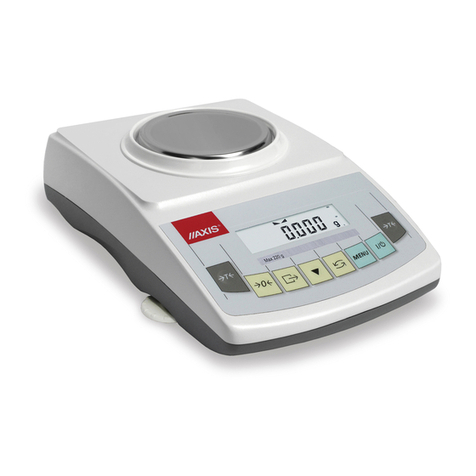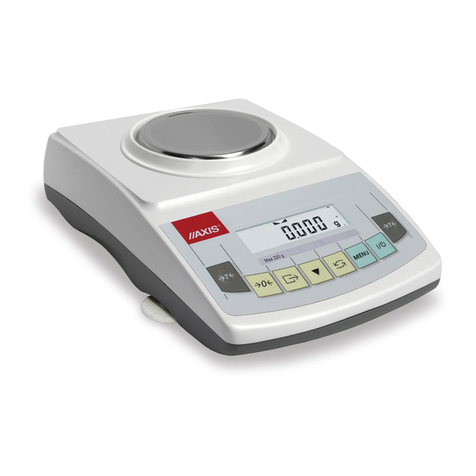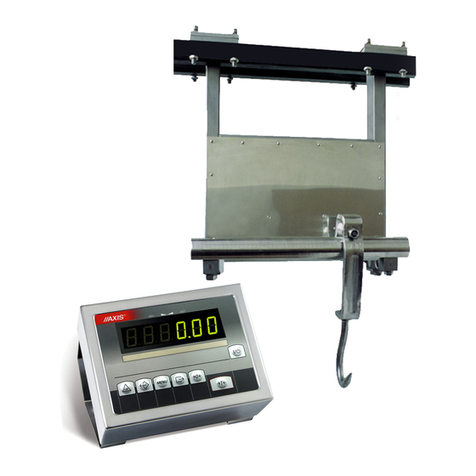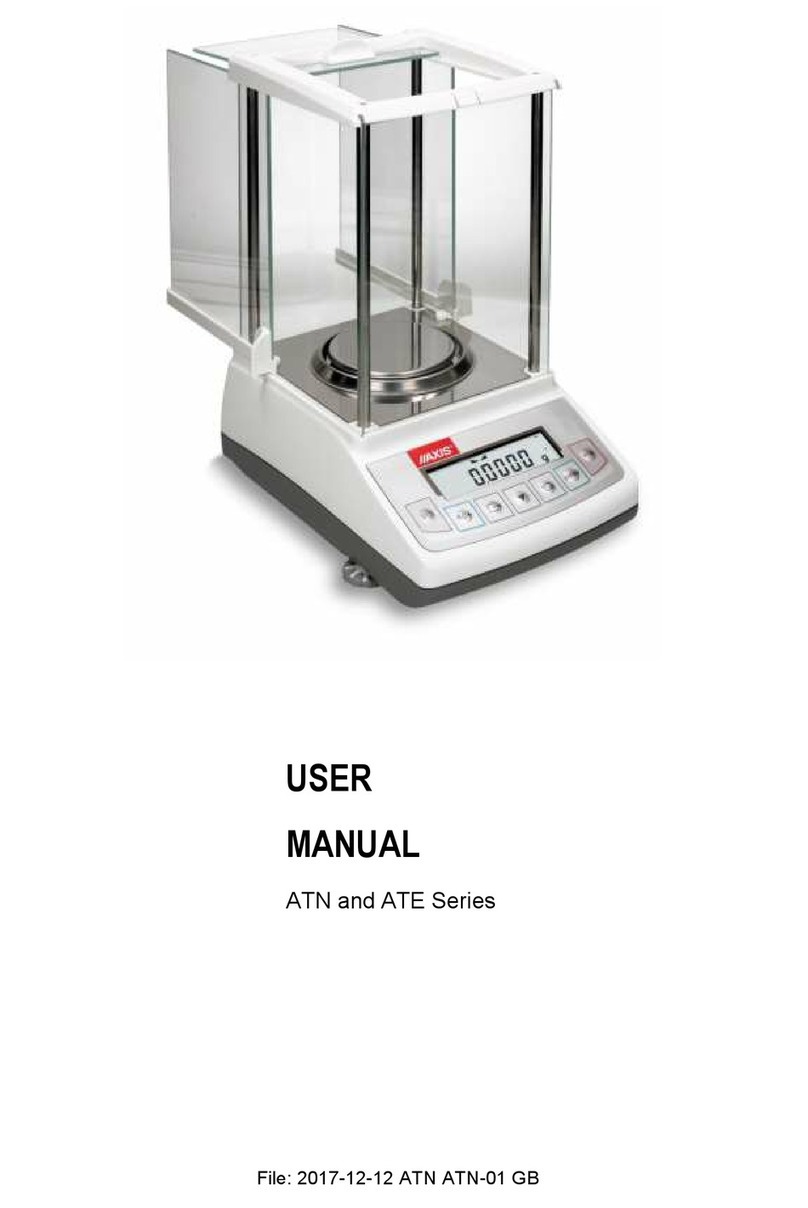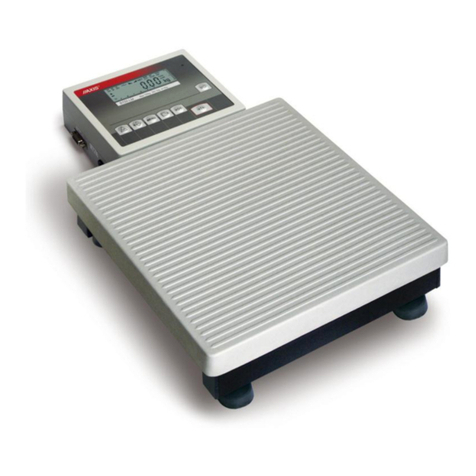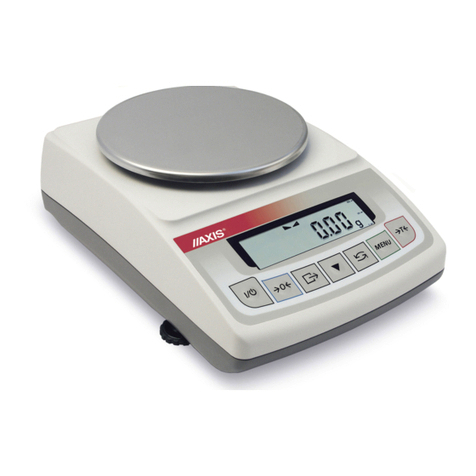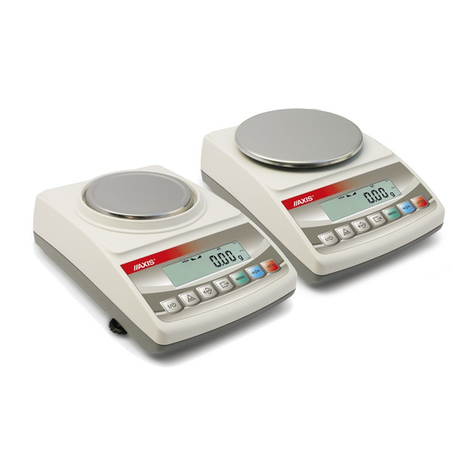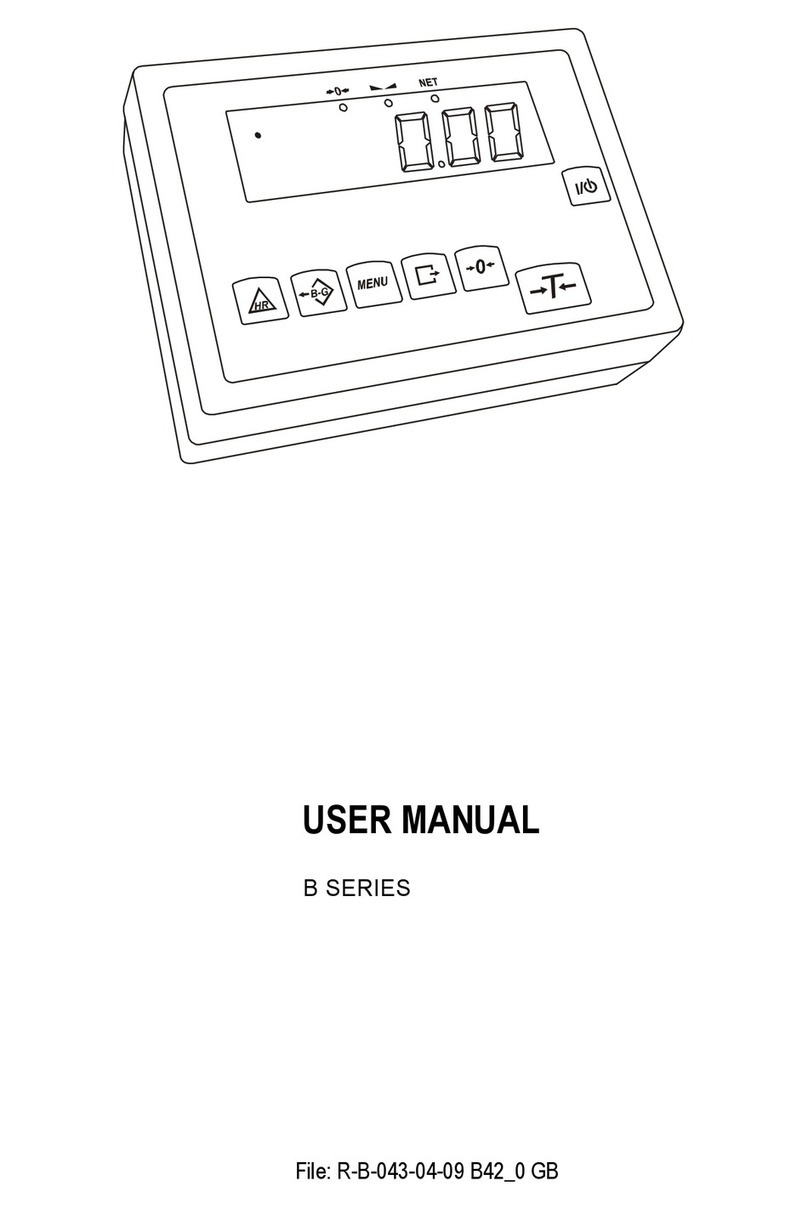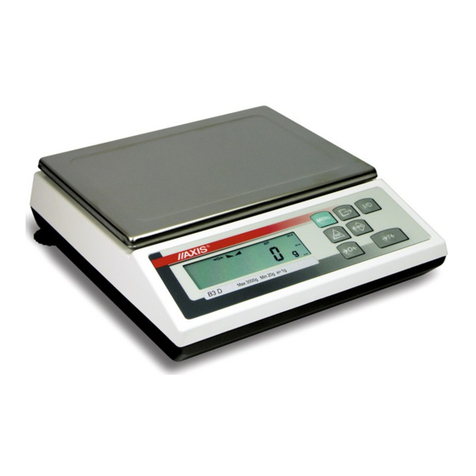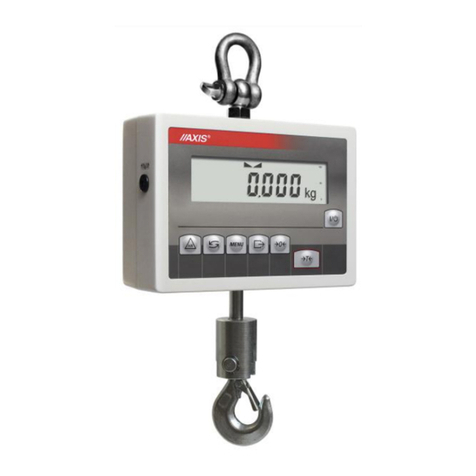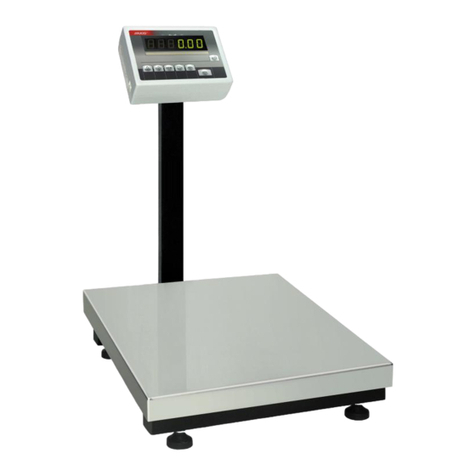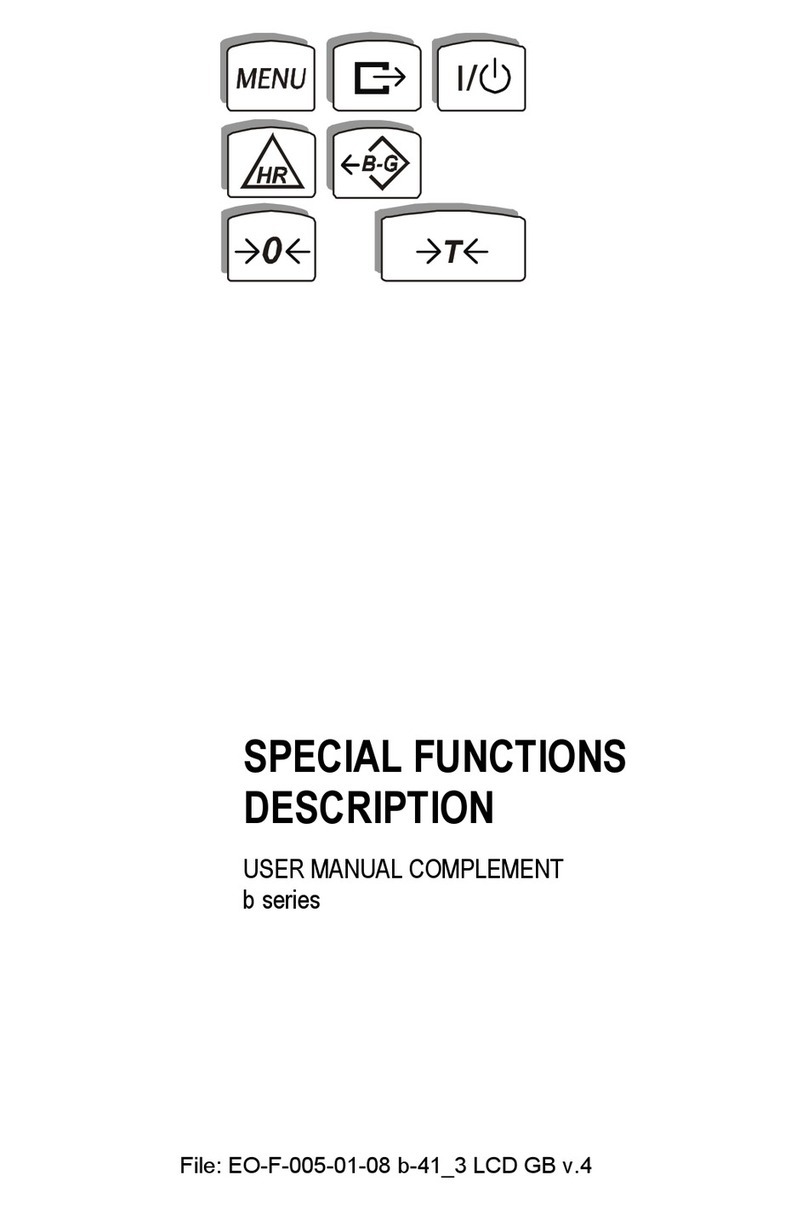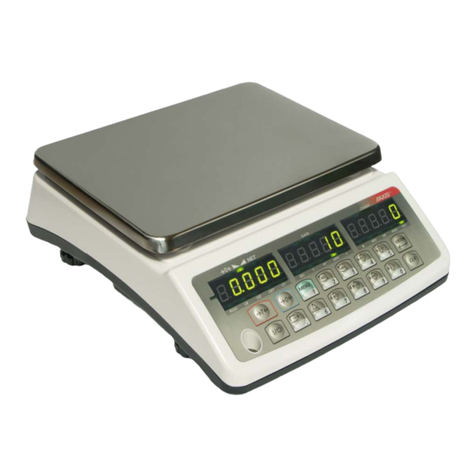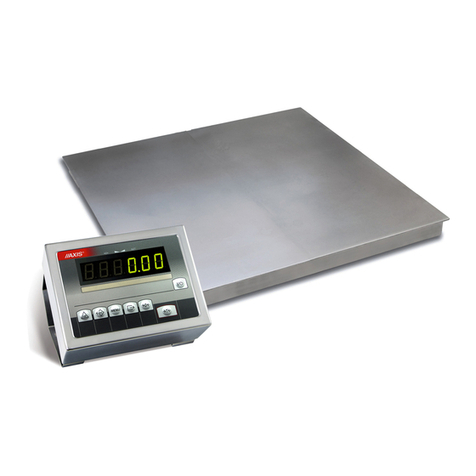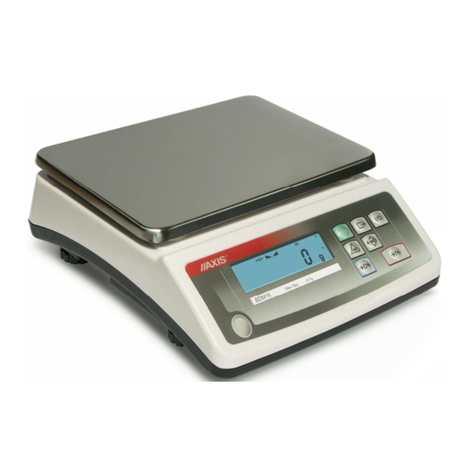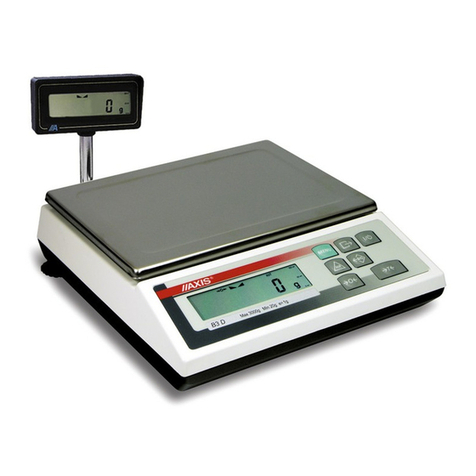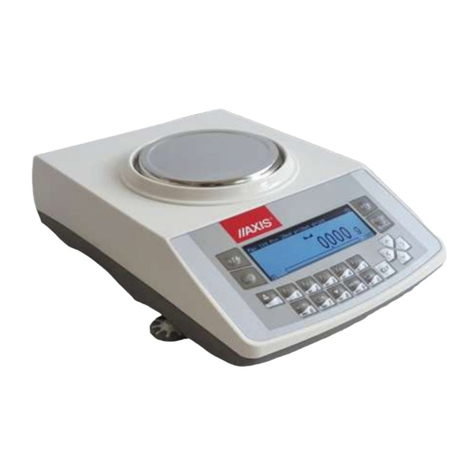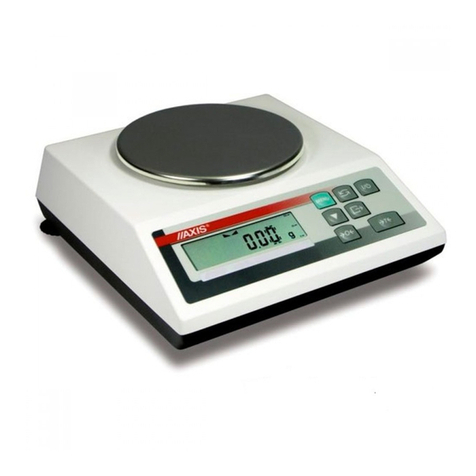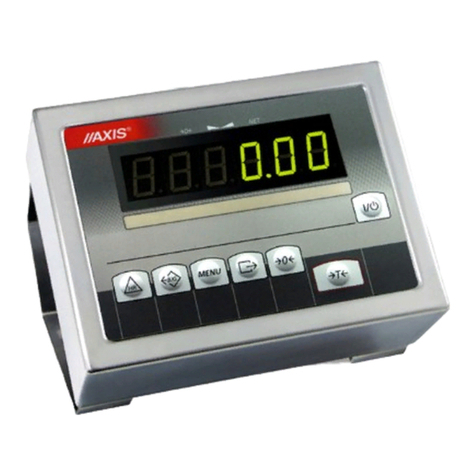1. General description.................................................................................................. 3
2. Completeness.......................................................................................................... 3
3. Technical data ......................................................................................................... 4
4. General balance view .............................................................................................. 5
5. Keys and indicators ................................................................................................. 7
6. Safety rules.............................................................................................................. 8
7. Preparing working environment ............................................................................... 9
8. Preparing balance to work ..................................................................................... 10
9. General operation principles .................................................................................. 11
10. Start-up.................................................................................................................. 12
11. Internal calibration ................................................................................................. 12
12. Checking the balance ............................................................................................ 14
13. Connecting a computer, printer or label printer ...................................................... 14
14.Special functions.................................................................................................... 19
14.1 Autotaring function ............................................................................................... 20
14.2 Pieces counting function....................................................................................... 21
14.3 Unit selection function .......................................................................................... 23
14.4 Percent function ................................................................................................... 24
14.5 Function for calibration with external weight / calibration options.......................... 25
14.6 Function for setting serial port .............................................................................. 29
14.7 Print settings function ........................................................................................... 31
14.8 Time and date setting function.............................................................................. 34
14.9 LCD settings function ........................................................................................... 35
14.10 Recipe function................................................................................................... 36
14.11 Animals weighing function .................................................................................. 37
14.12 Tare setting function........................................................................................... 38
14.13 Force unit function .............................................................................................. 39
14.14 Maximum and minimum value indication function............................................... 40
14.15 Anti-disturbance filter function............................................................................. 41
14.16 Language selection function............................................................................... 42
14.17 Function of comparing with preset threshold values ........................................... 43
14.18 Funkcja sumowania ważeń TOTAL .................................................................... 47
14.19 Statistical calculations function........................................................................... 48
14.20 Funkcja wyliczenia gramatury papieru................................................................ 50
14.21 Density measurement function (option) .............................................................. 50
14.21.1 Solid body density determination..................................................................... 52
14.21.2 Liquid density determination............................................................................ 54
14.21.3 Density measurement report ........................................................................... 56
15. Procell program description (demo version)........................................................... 57
16. Troubleshooting and maintenance......................................................................... 58
Declaration of Conformity
